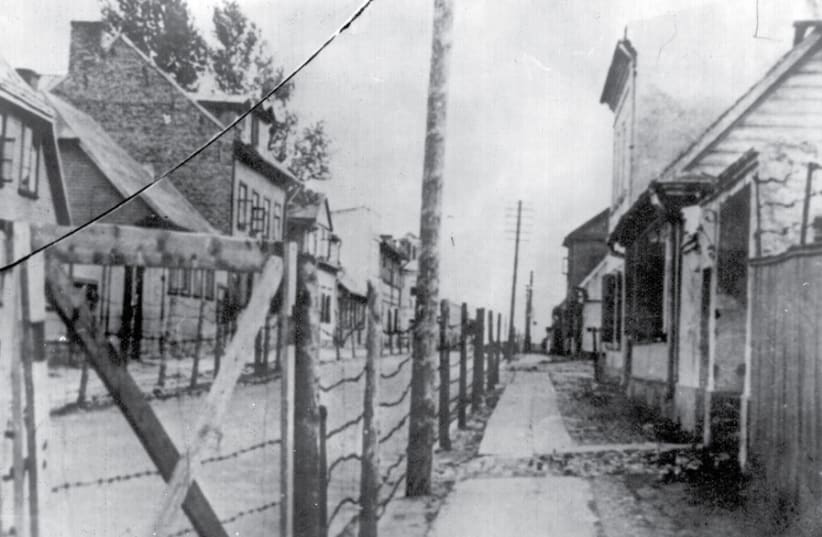A Holocaust victim's diary depicting life in the Kovno ghetto
‘The urge to deny the horrific reality – or alternatively to adapt to it and concentrate on the here and now and cling to a seemingly ordinary life – was characteristic of life in the ghettos’
